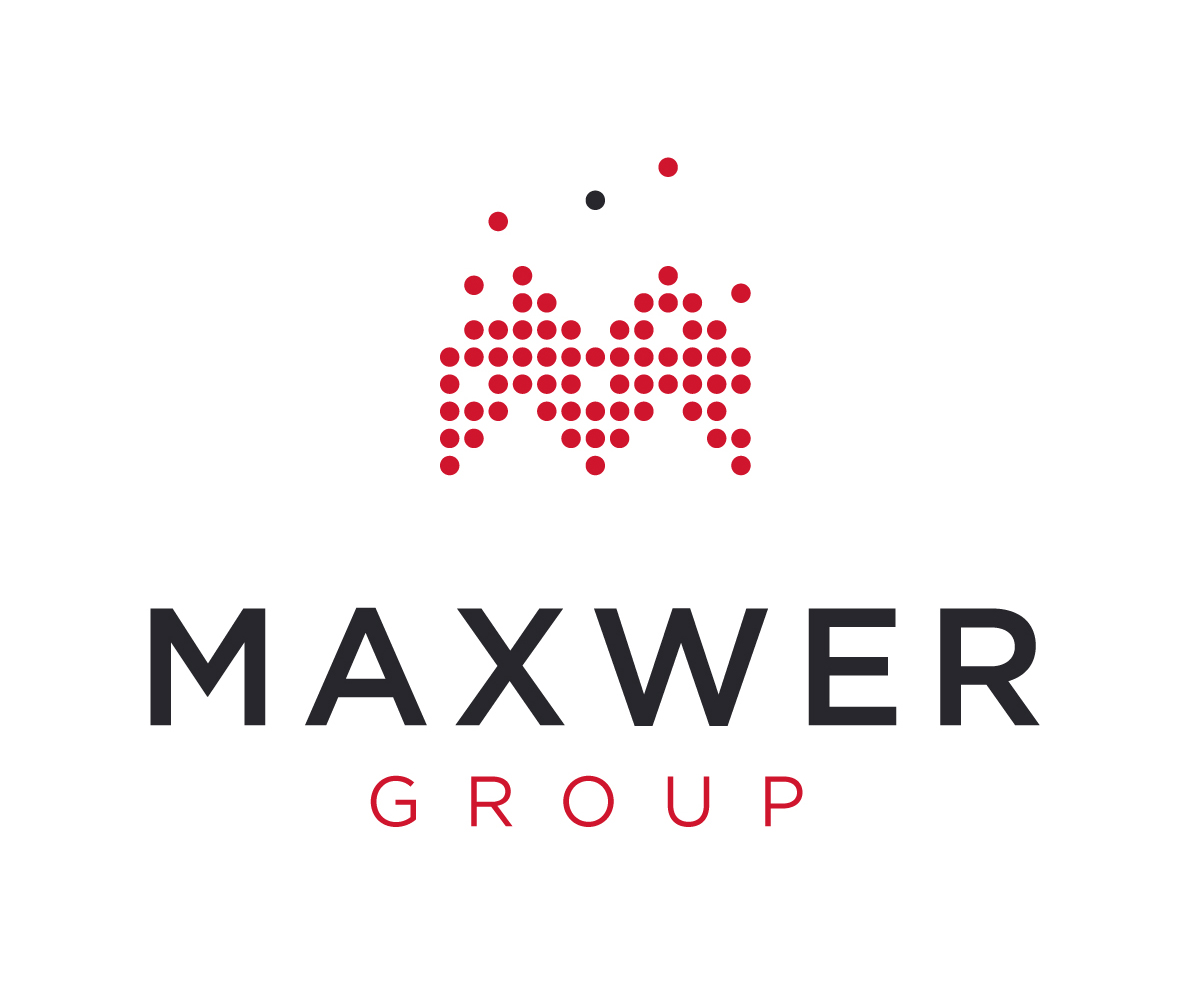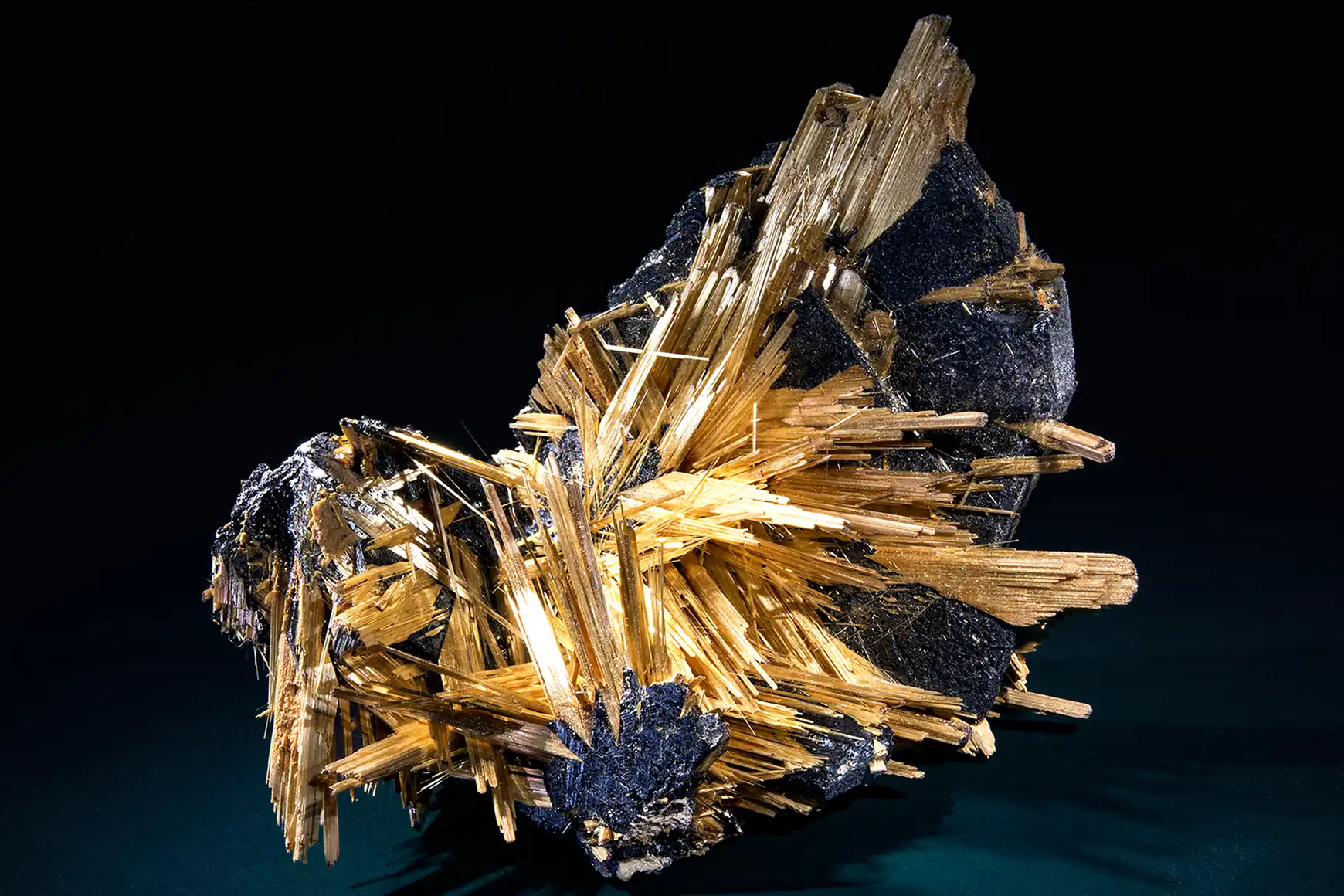Rutile, a mineral primarily composed of titanium dioxide, holds a significant position in the global industrialization. From enhancing the colours in your everyday paint to contributing to the aerospace industry’s advancements, rutile is a mineral that keeps the world shining.
Rutile derives its name from the Latin word “rutilus,” meaning “reddish” or “glowing,” due to the mineral’s distinctive reddish-brown to blackish color.
Being a versatile mineral with a range of unique properties, rutile is widely used in very different industries:
- Titanium Dioxide Production: Rutile is a significant source of titanium dioxide, a white pigment widely used in various industries. TiO2 is a key ingredient in the production of paints, coatings, plastics, paper, and textiles, providing opacity, brightness, and UV protection to these materials.
- Ceramics and Glass: Rutile is utilized as a glaze in the ceramics industry to enhance the appearance and resistance to heat and wear of pottery and porcelain. It imparts a glossy, transparent finish and can also be used as a flux in the production of glass, helping to lower the melting point and improve clarity.
- Electrodes in Welding: Rutile electrodes are commonly used in welding applications. They are known for their stability and ease of use, making them suitable for both professional welders and hobbyists. Rutile electrodes create strong welds with good appearance.
- Aerospace and Defense: In the aerospace and defense industries, rutile is used as a reinforcing agent in the production of high-strength, lightweight titanium alloys. These alloys find applications in aircraft and other critical components due to their excellent strength-to-weight ratio and high-temperature resistance.
- Jewelry and Gemstones: Rutile crystals, especially those with attractive needle-like formations, are prized by collectors and jewelers. They are sometimes used as ornament stones or gemstones, incorporated into jewelry for their unique appearance. Moreover, rutile’s high refractive index makes it a popular choice for enhancing the brilliance and sparkle of gemstones like diamonds.
- Personal Care Products: Rutile is also used in cosmetics and personal care products, particularly in makeup products and sunscreens, protecting the skin from the harmful effects of ultraviolet radiation.
Rutile has a long history of human use. It was first discovered in the early 19th century, but its use dates back much further. In ancient times, it was used as a material for creating mirrors and was sometimes incorporated into jewelry and ornaments.
Production and Trading landscape
Rutile is mostly found in beach sands and hard rock deposits in countries like Australia, South Africa, Sierra Leone, Kenya and Ukraine. As of 2022, the total global production volume of rutile amounted to 590,000 metric tons of titanium dioxide equivalent.
Rutile is also found in geological formations known as “ore bodies,” often accompanied by other valuable minerals like ilmenite and zircon.
Top importers of this unique minerals are China, United States, Japan and European Union. In 2022, China was the largest importer of rutile, accounting for around 35% of global rutile imports.
Emerging markets, particularly in Asia-Pacific and Africa, are showing a significant uptick in demand for rutile. The booming construction industry, especially in countries like China and India, is driving the need for rutile-based products, including paints and coatings. Furthermore, the increasing focus on renewable energy and electronics manufacturing is propelling demand for rutile in these regions.
Globally, the rutile market is expected to experience robust growth, driven by increasing demand in construction, automotive, packaging, and electronics. Projections indicate that the market’s size is poised to expand to $4.1 billion by 2025, reflecting a compound annual growth rate of 4.8% during 2020-2025.
The future of rutile trading appears promising, with the demand expected to rise in parallel with the growth of key end-use industries. Technological advancements in rutile extraction and processing will likely optimize production costs and further expand its market reach. Sustainability initiatives and responsible sourcing will also play an essential role in shaping the future of rutile trading, aligning with global trends toward environmentally conscious practices.
Having already provided trade finance solutions to several rutile producers and traders, we remain dedicated to ensuring the sustainable growth of this invaluable mineral in the global market.


